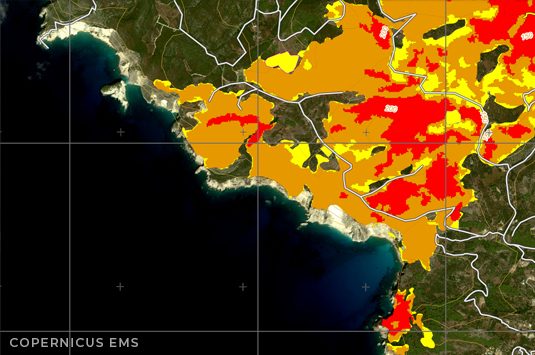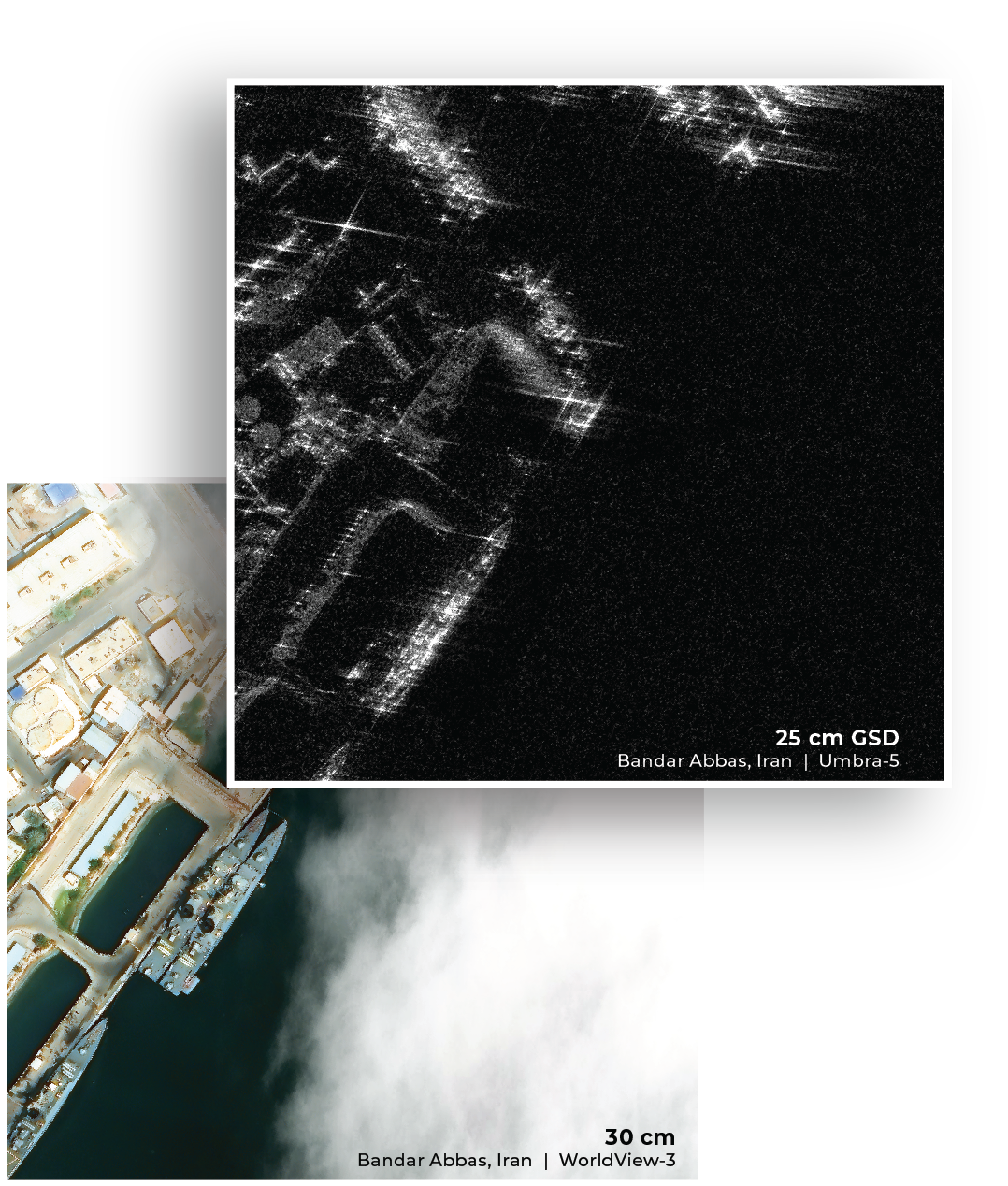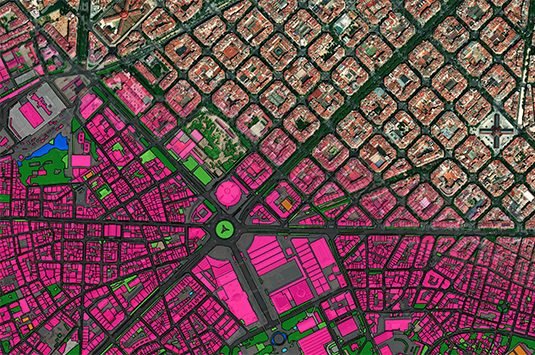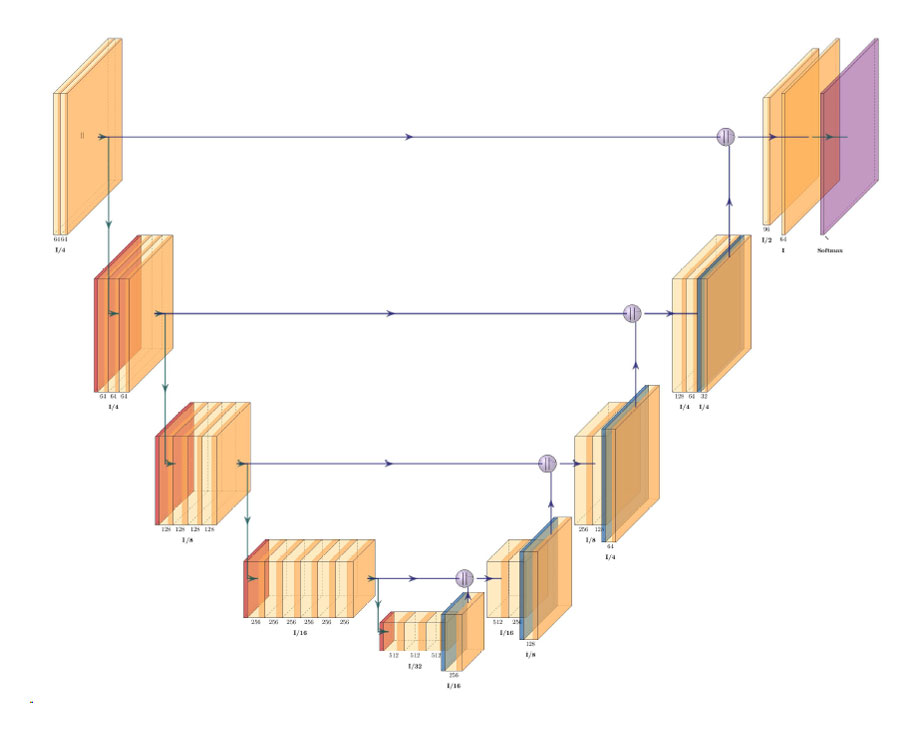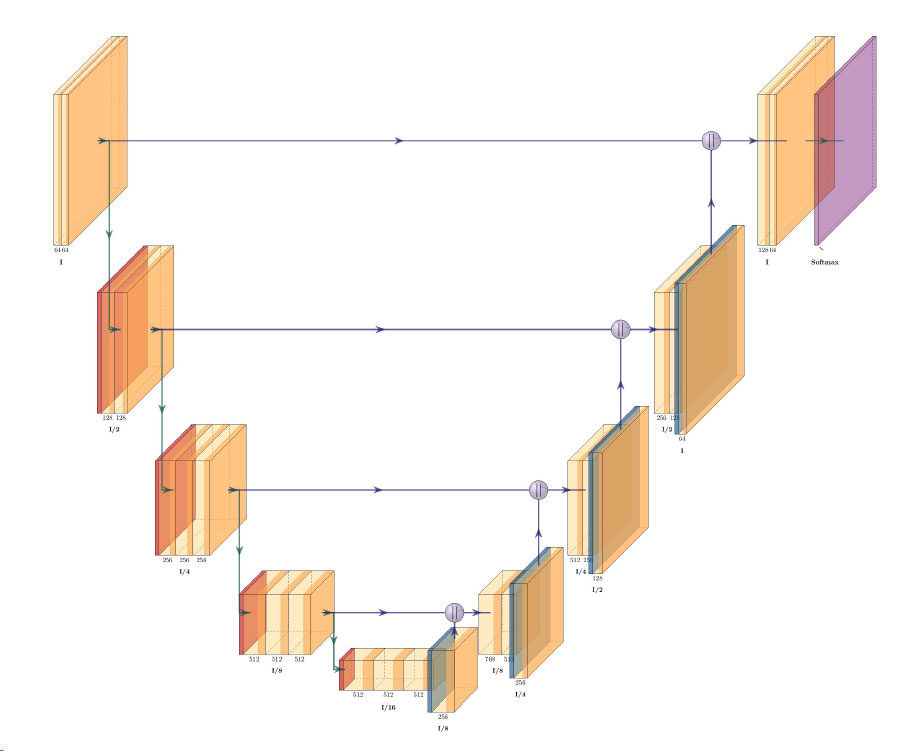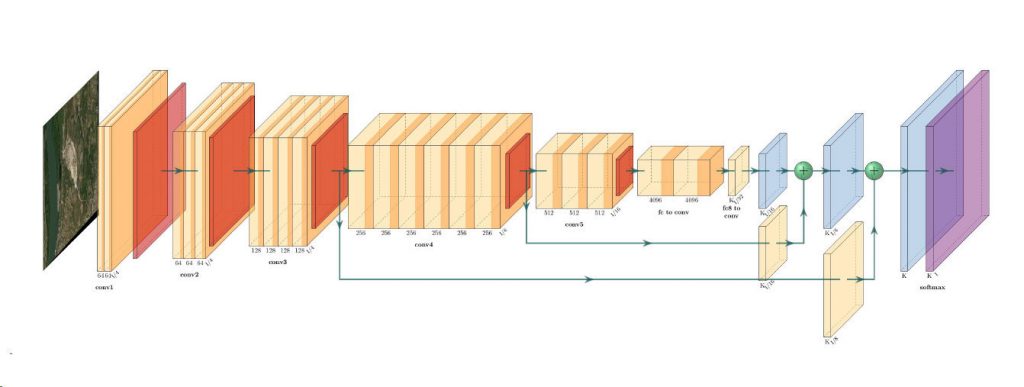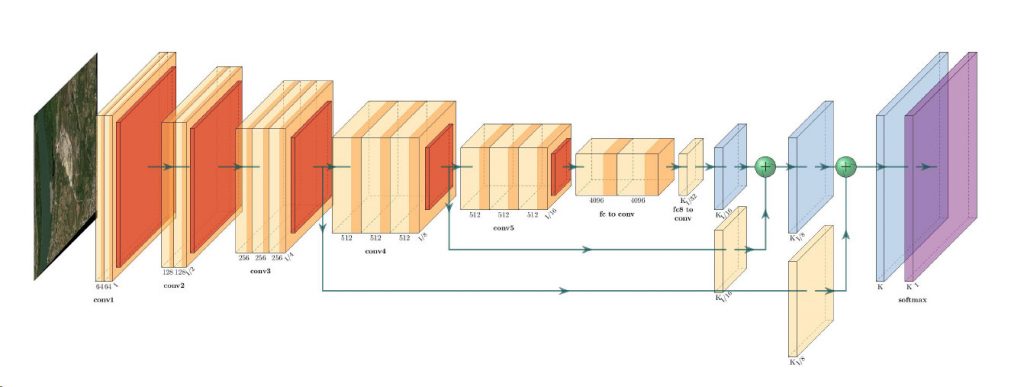Satellite Imagery For
Emergency
Management
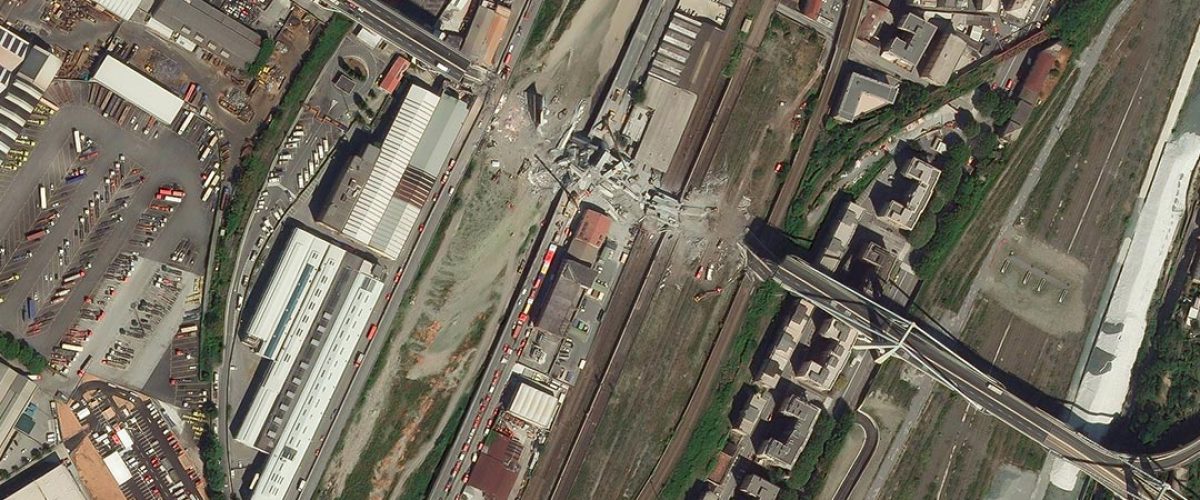
Rapid Data Delivery that saves lives
Assess Damages
Daily collection opportunities and multispectral bands allow you see every detail
Map Response Efforts
Rapid collection and delivery means first responders get actionable data
Plan for security & evacuation
Valuable insights from advanced data sets to prevent and plan for disasters
As disasters increase in frequency and severity, there is a growing need for effective planning and rapid response. Manual surveying large areas of devastation can take days.
Pre- and post-event satellite imagery enables first responders to make the most impact by quickly mapping passable routes to deliver critical services in the most efficient manner.
EUSI has worked with EU-funded emergency response and mapping services for over 17 years. Our unique ability to accept emergency orders 24/7 and deliver within up to 15 minutes after collection, combined with the unmatched resolution of our imagery (15 cm HD), positions us as the leader in space-based natural disaster and humanitarian crisis monitoring in Europe.
An advanced system for integrating activations from European municipalities into the collection plan and the comprehensive real-time weather monitoring by our operations department has lead to hundreds of successful data deliveries and countless lives saved.
Discover the latest applications in
your field with our in-depth
INCITE industry reports
Browse the INCITE Library and download them all for FREE.
Copernicus Activations
The Copernicus Emergency Management Service (EMS) uses satellite imagery and other geospatial data to provide free of charge mapping service in cases of natural disasters, human-made emergency situations and humanitarian crises throughout the world.
Copernicus EMS – Mapping is provided during all phases of the emergency management cycle and always free of charge for the users. The maps are produced in two temporal modes:
- Rapid Mapping consists of the provision of geospatial information within hours or days from the activation in support of emergency management activities immediately following a disaster.
- Risk & Recovery Mapping consists of the on-demand provision of geospatial information in support of Disaster Management activities not related to immediate response.
DOUBLESHOT
WITH UMBRA
Combined VHR Optical and SAR tasking provides a reliable solution for comprehensive insights, unaffected by weather conditions or daylight variations. By utilizing a single tasking source for both datasets, it ensures synchronized collections, which help in eliminating data gaps during monitoring missions. This seamless integration allows for continuous and accurate observation, enhancing the overall quality of the data. Additionally, the inclusion of SAR (Synthetic Aperture Radar) technology offers the advantage of penetrating clouds and capturing data in all weather conditions, providing deeper insights and complementing optical data for a more complete analysis.
Prevention & Planning
Knowing the extent of an emergency allows authorities to implement the best response and estimate its true cost. Satellite imagery rapidly enables this, regardless of where in the world the disaster has taken place. It is useful for understanding the effects of:
- Flood
- Fire
- Conflict
- Landslides
- Storms, hurricanes, and whirlwinds
- Earthquake
- Explosion
- Volcanoes
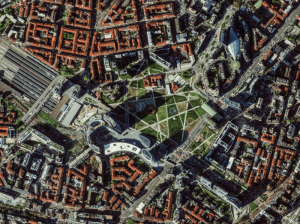
Europe’s Green and Digital Transformations with 25 Years of VHR Satellite Archive Data
Planning Europe’s future without knowing its past is impossible. The European Green Deal, Horizon Europe, the EU Biodiversity Strategy for 2030 and other policies all demand one thing: evidence. Not just today’s data, but years of history that show how our cities, forests, and coastlines have changed.
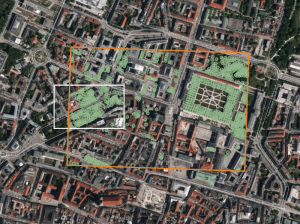
AI Uses 15 cm Satellite Images to Cut Costs and Increase Scalability in Forest Management and Urban Forestry
Forest managers across Europe face an impossible task: monitor millions of hectares with shrinking budgets while meeting increasingly strict EU environmental targets. But with the rise of AI and satellite technology, they now have new solutions at their disposal – smarter, cheaper, and more scalable – to monitor forest health, automate tree inventories, and plan sustainable logging. In this article, we introduce one of these solutions: an AI forestry algorithm developed by Arboair using 15 cm satellite data from EUSI.
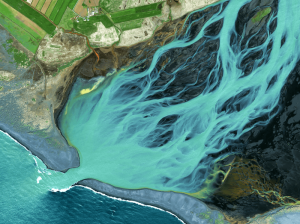
Using Satellite Imagery to Build Water Resilience Across Europe
Water across Europe is facing severe pressure. Climate change, urbanisation, agricultural demands and other sources of pollution are threatening water security and creating critical challenges that need to be addressed. We have to act quickly, build stronger systems and create sustainable water resilience practices – so that both natural ecosystems and human communities can thrive. Here is how satellite imagery from EUSI can help.

